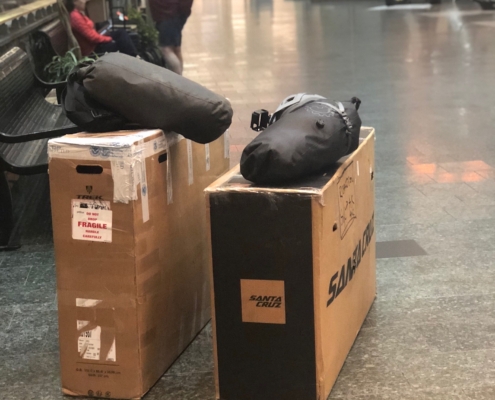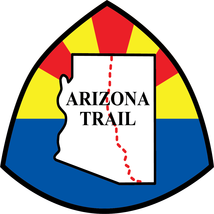Keys to Staying Dry
Bikepacking in the rain can test even the most prepared riders. When it comes to staying dry, it’s a blend of practical preparation, sharp decision-making, and sometimes just plain luck. Weather can shift unexpectedly, and sooner or later, every bikepacker faces the dilemma: push through or take cover?
While it’s impossible to stay perfectly dry all the time, being equipped with the right gear, knowing when to use it, and understanding how to make strategic choices can make all the difference between an enjoyable ride and a soggy, uncomfortable ordeal. Whether you’re aiming to avoid getting wet or simply manage the conditions, these tips will help you maximize your chances of staying dry on the trail.
Table of Contents:
Save big and support The Project at the same time! Check out our Affiliate Deals page for exclusive offers on top brands. Every purchase fuels our mission to provide you with the best guides and resources for your adventures. Bookmark it now and shop smarter—deals update regularly!










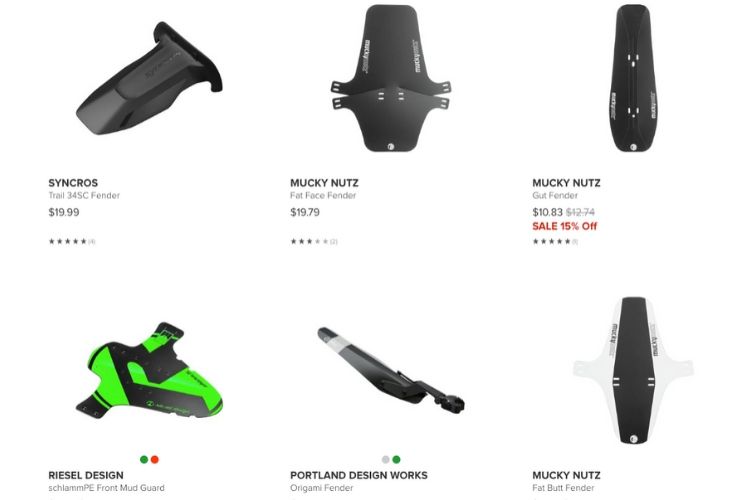



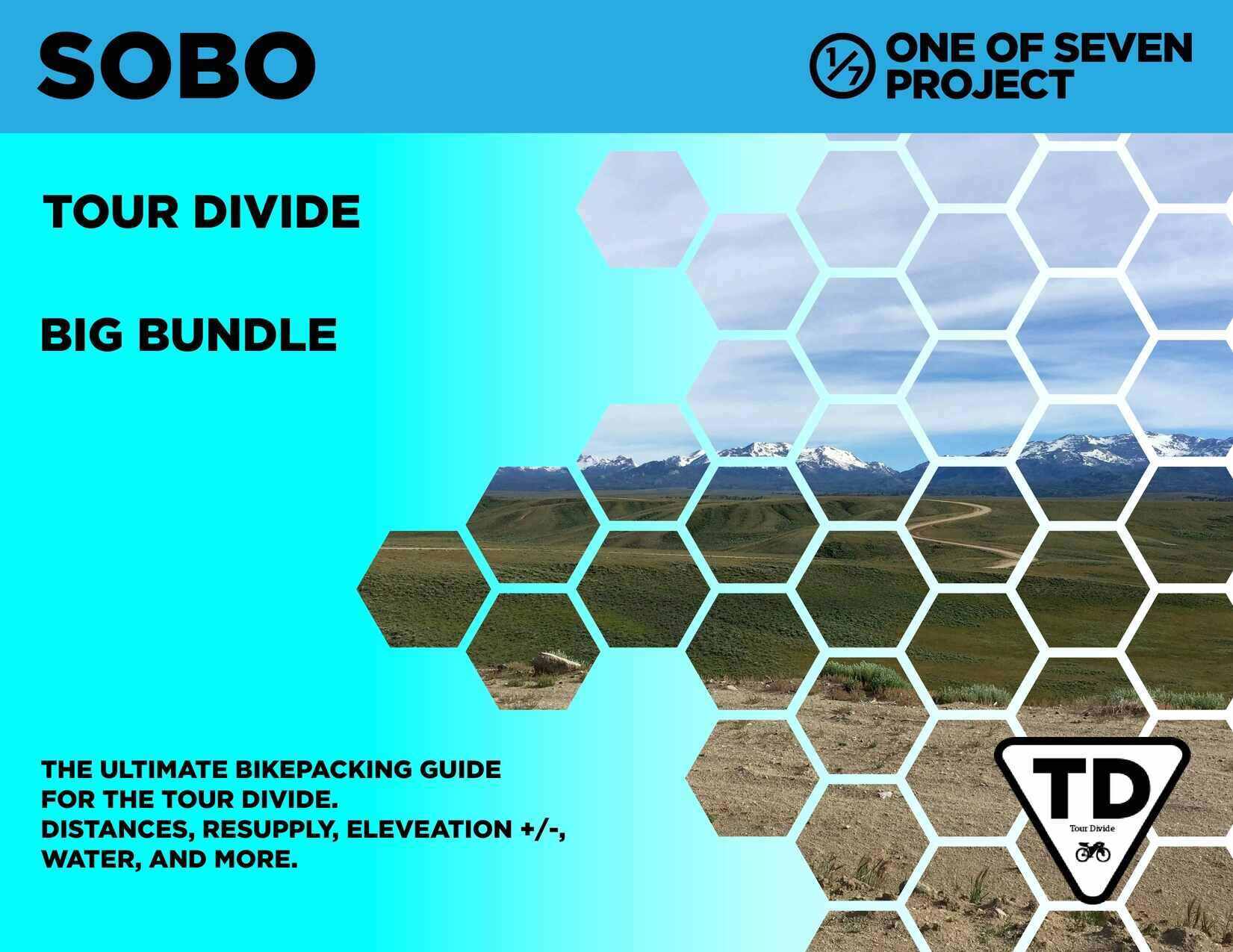
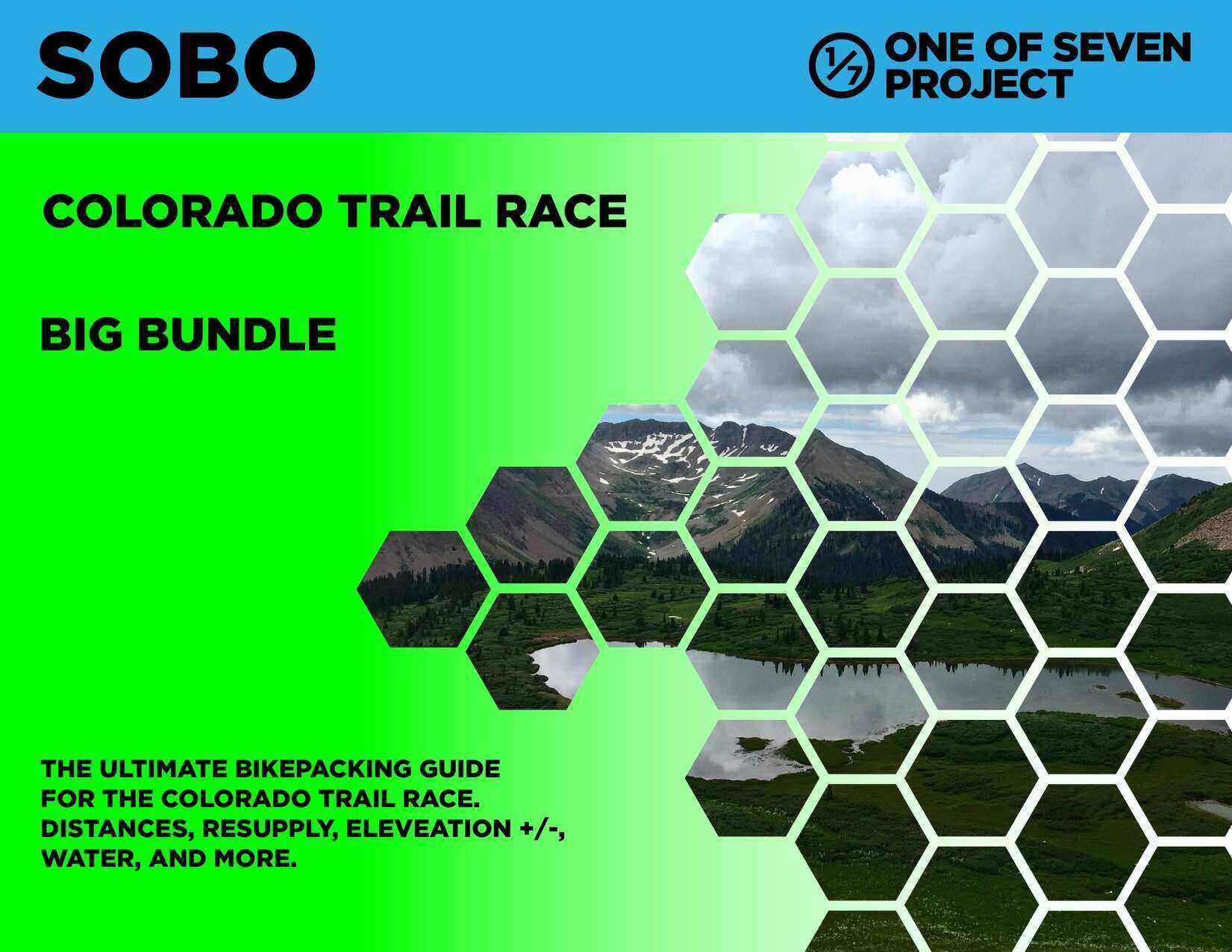
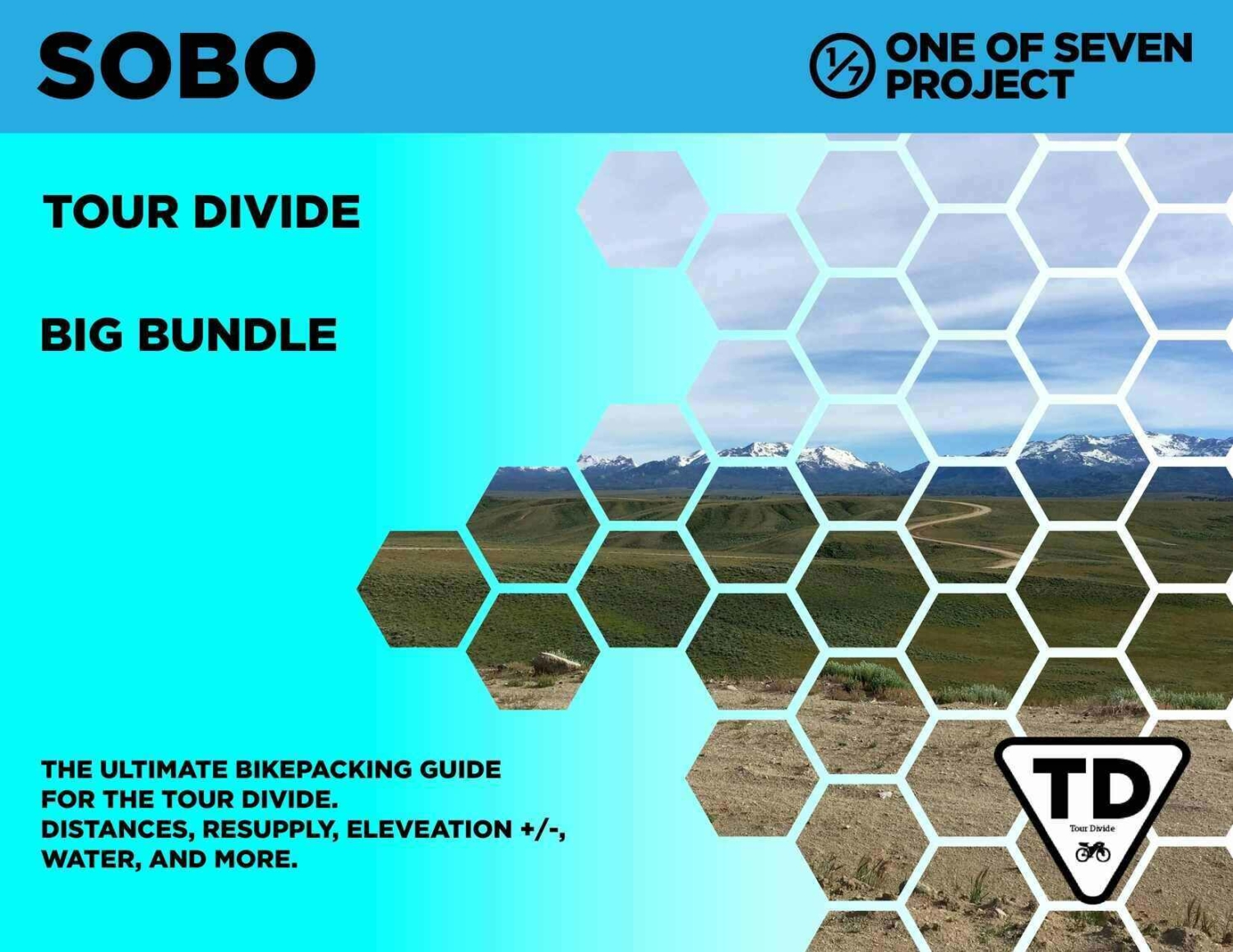
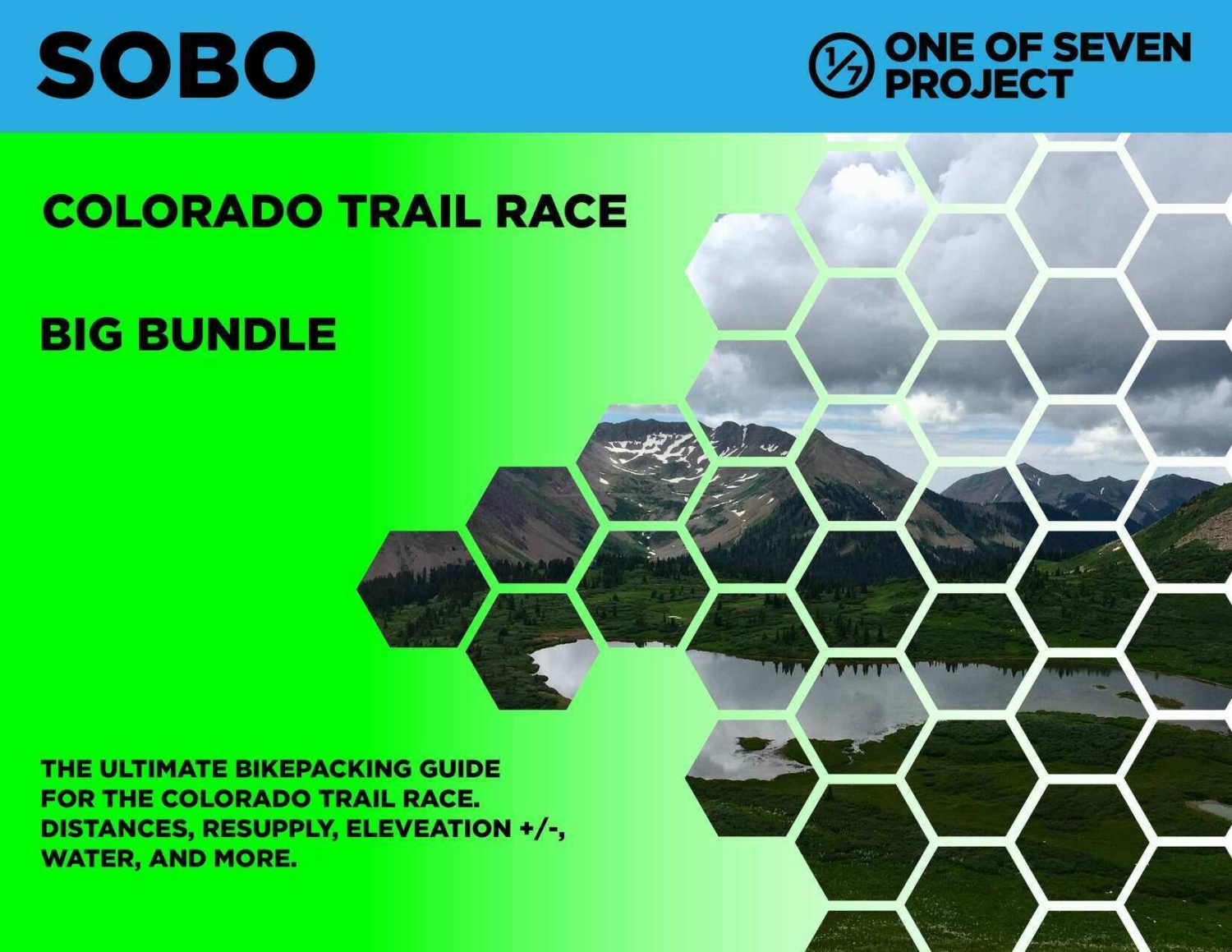
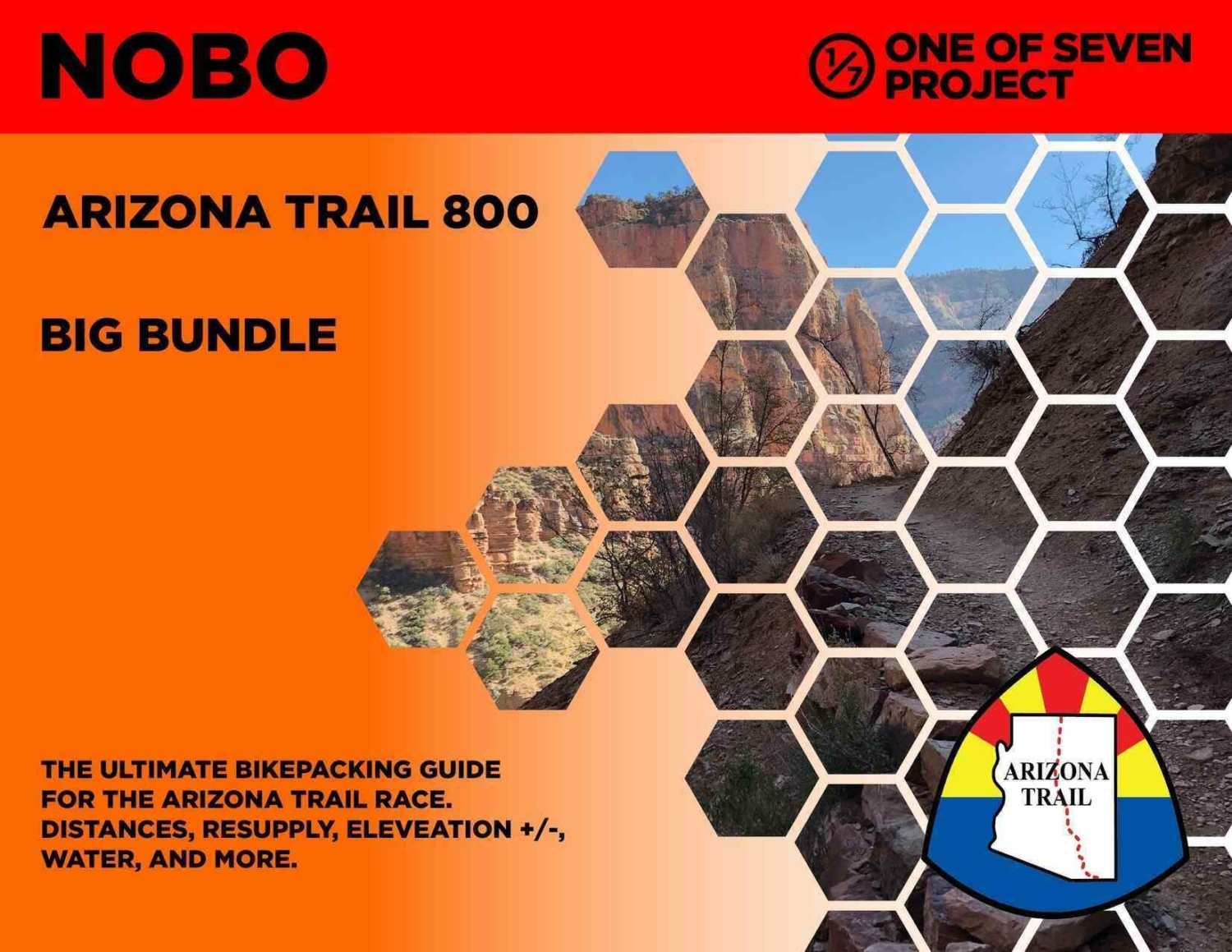
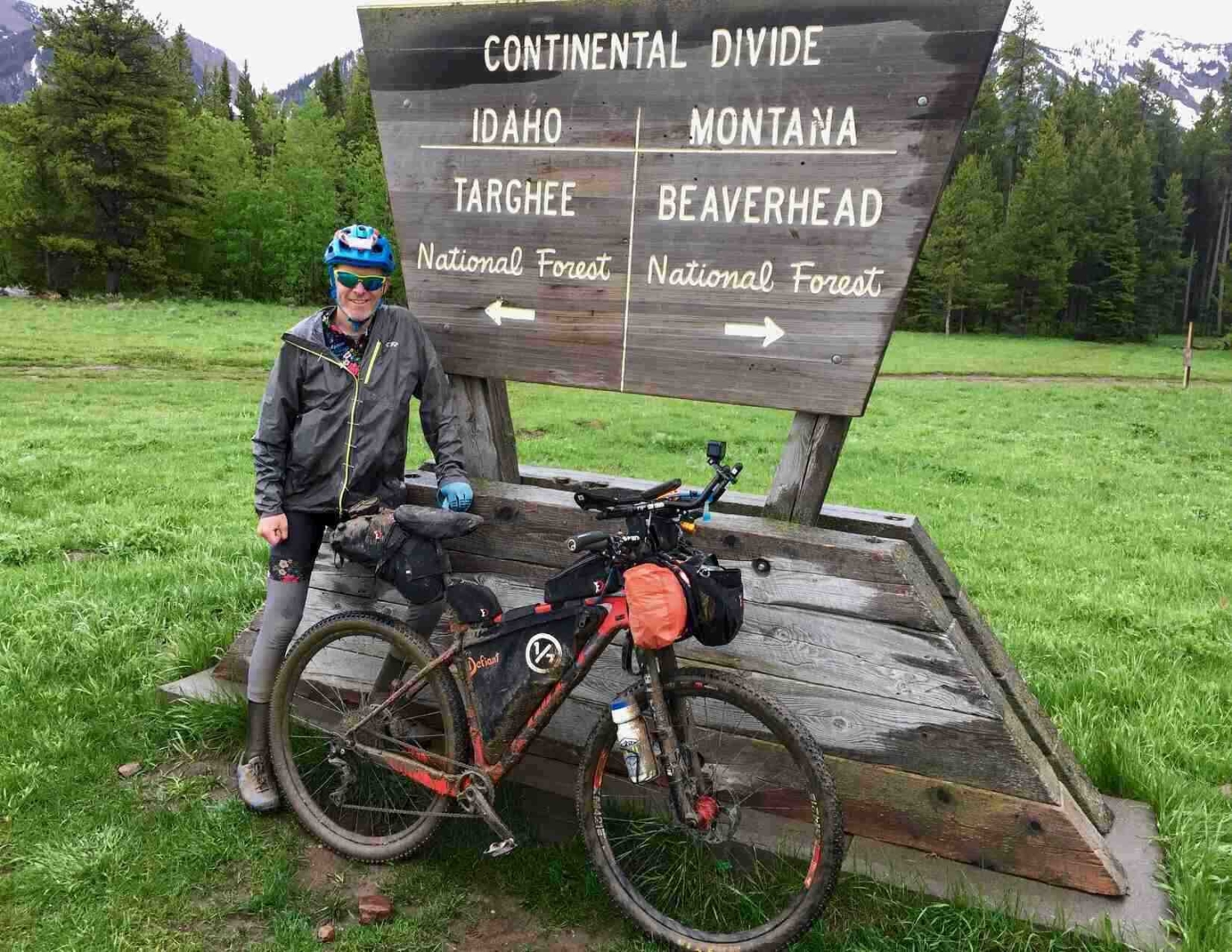
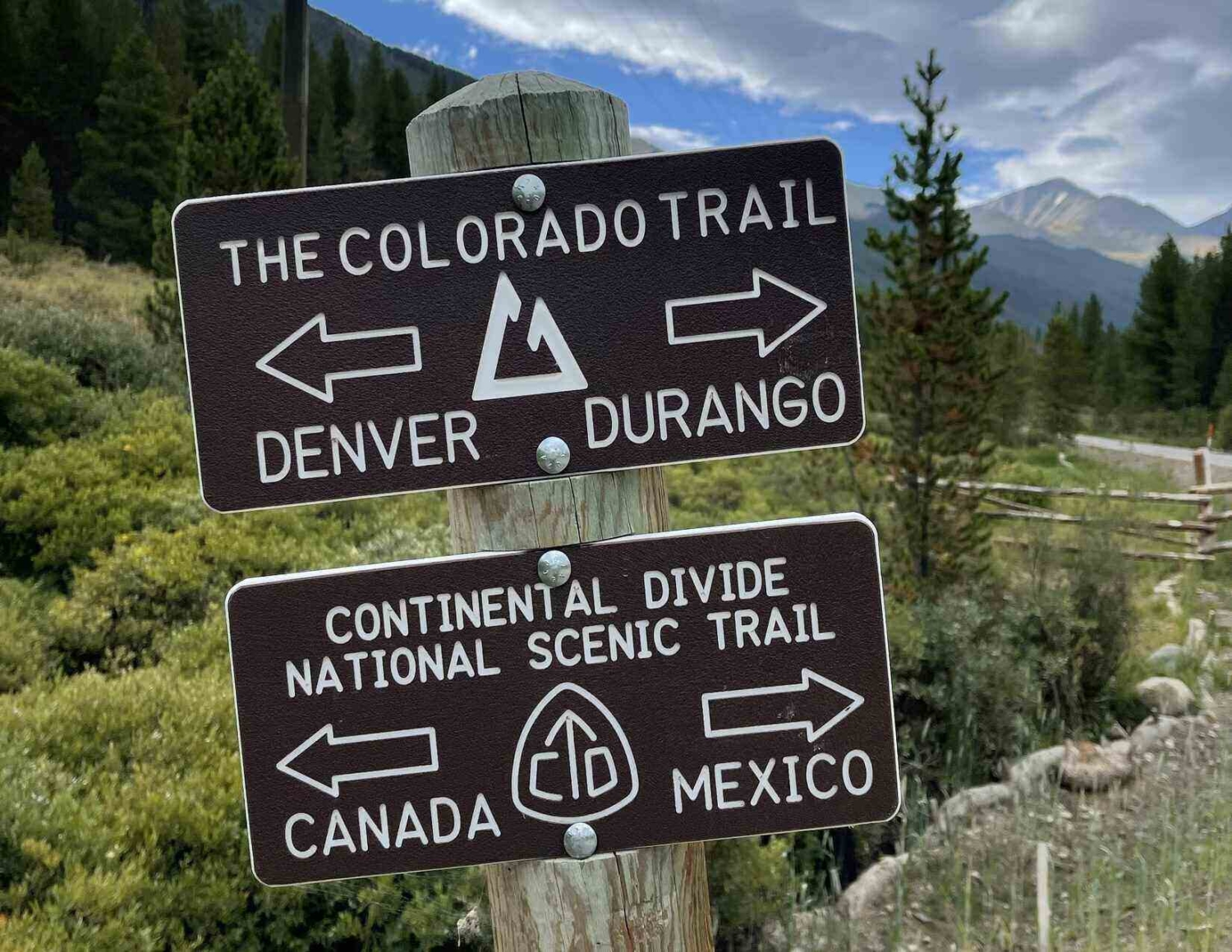
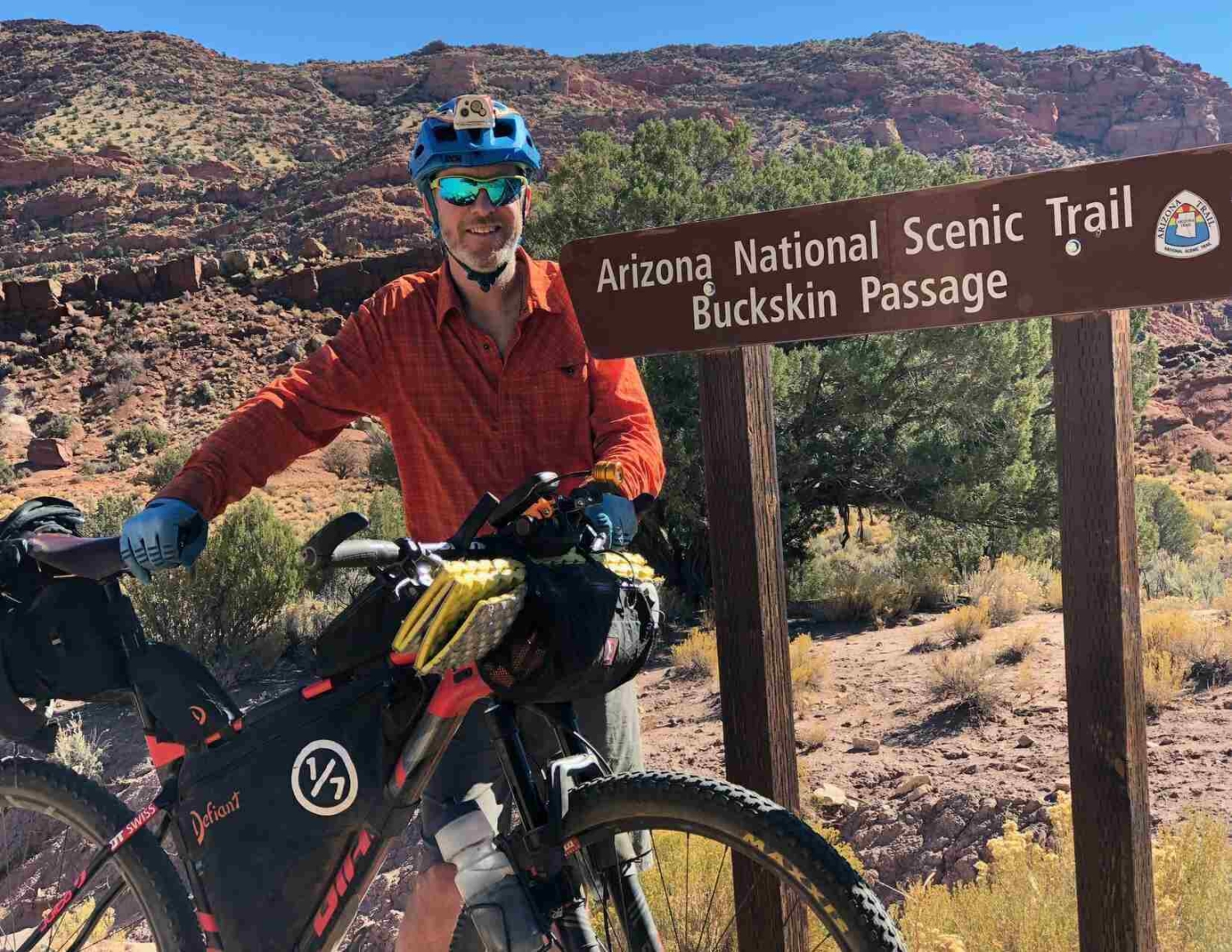
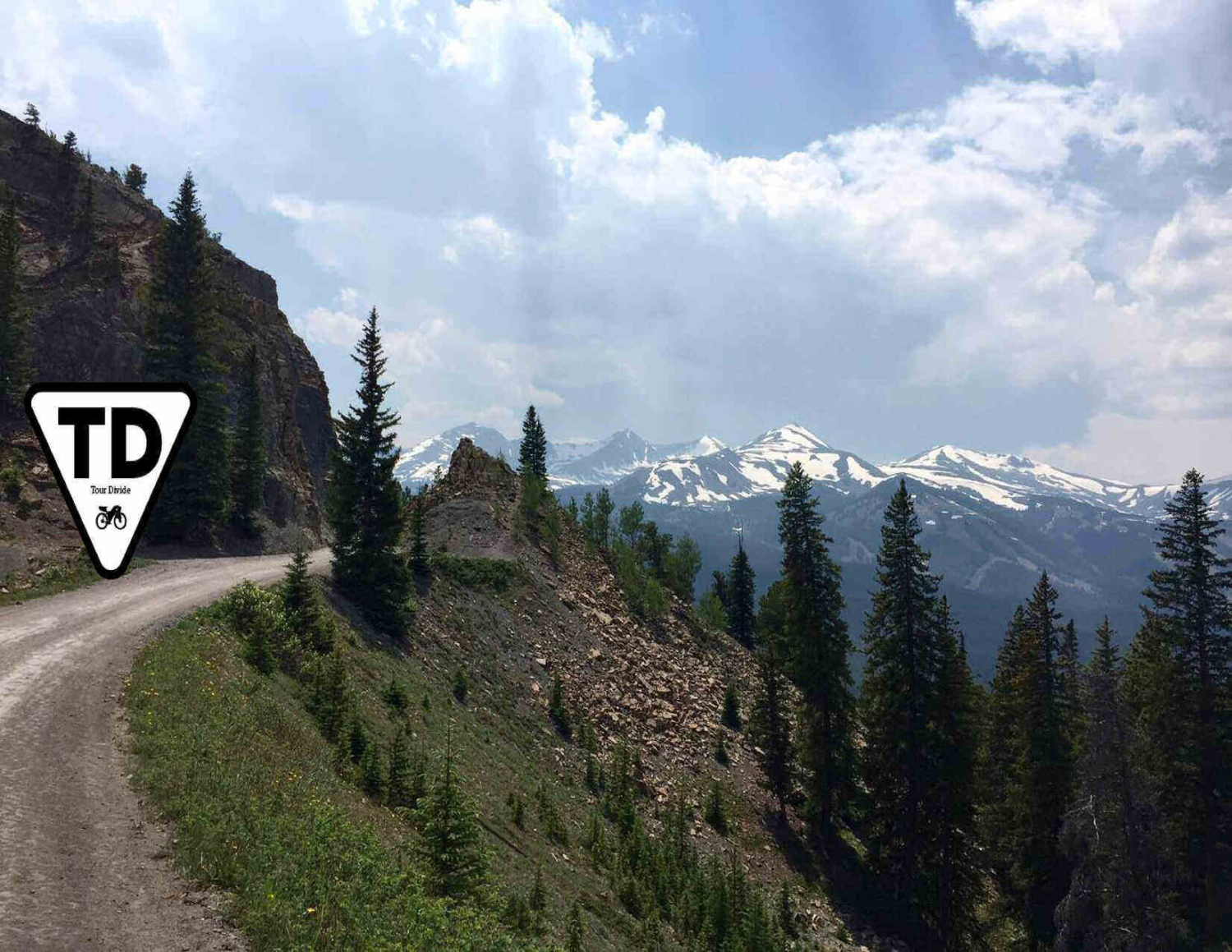
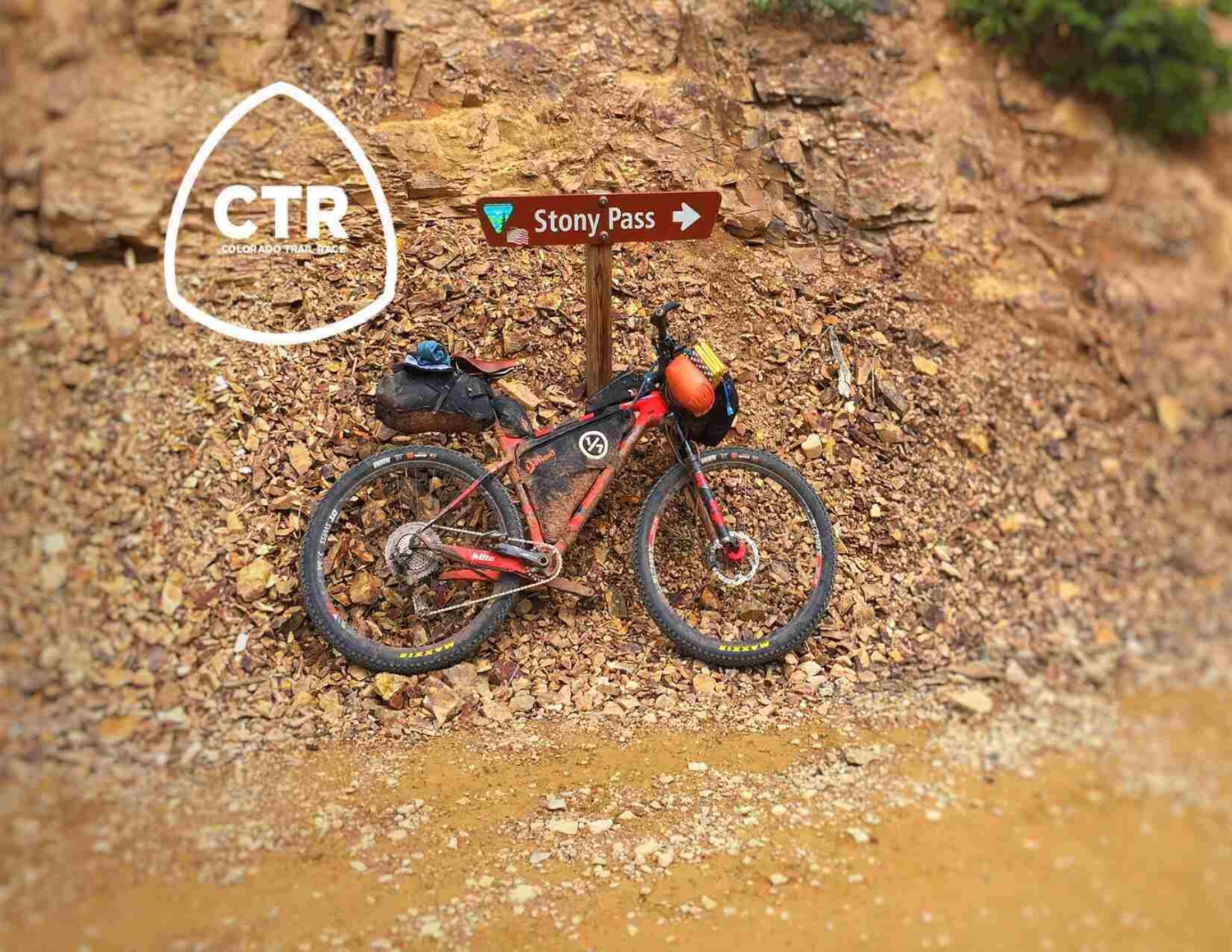
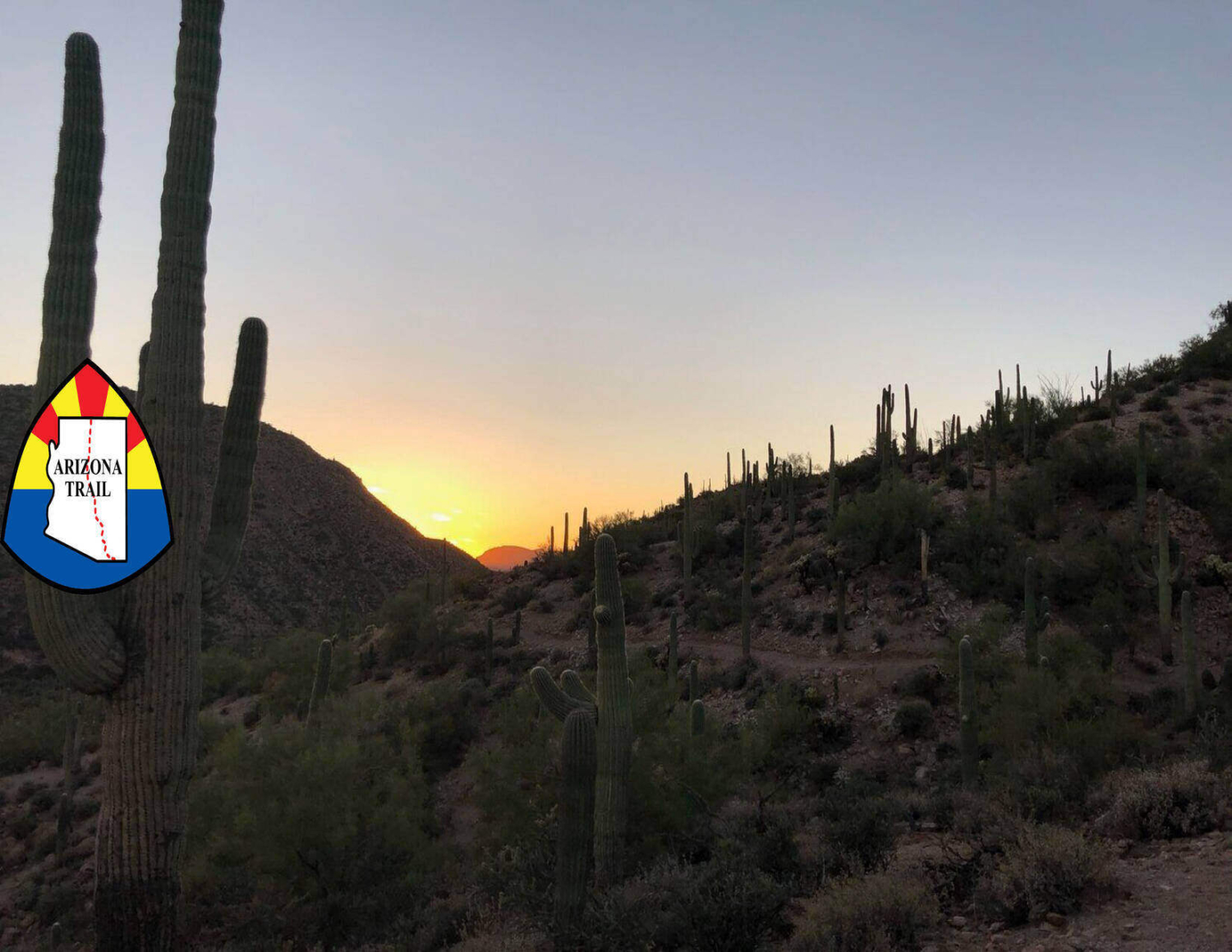
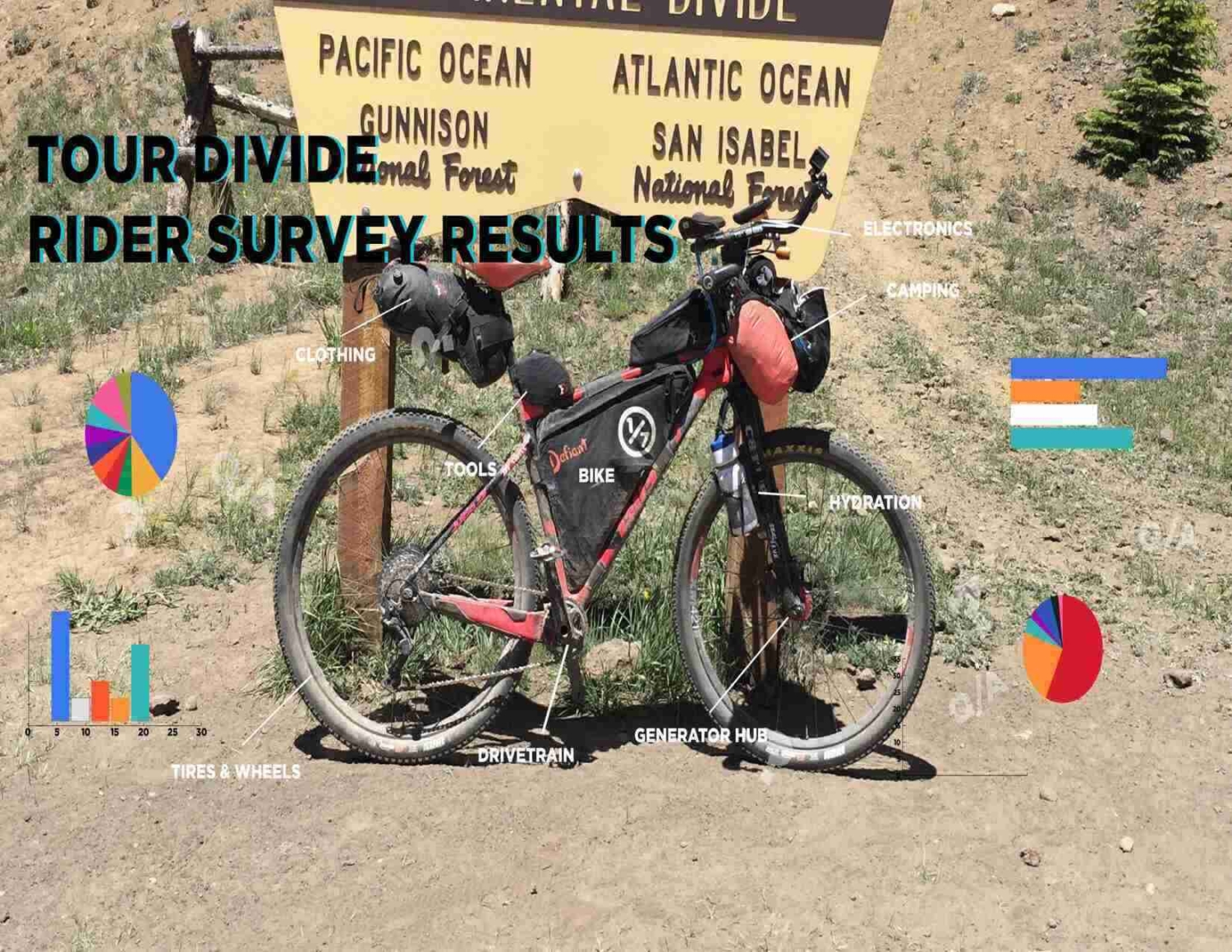

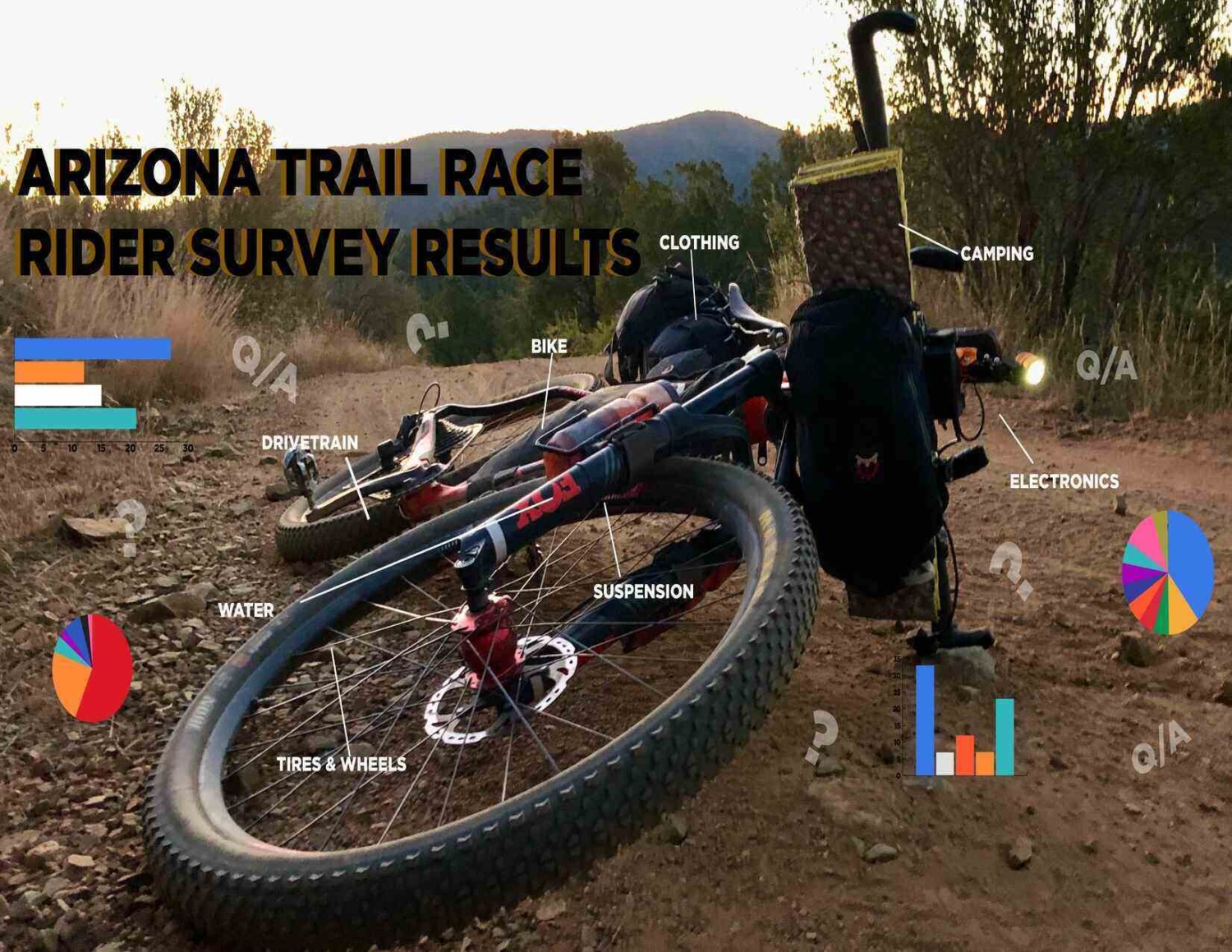
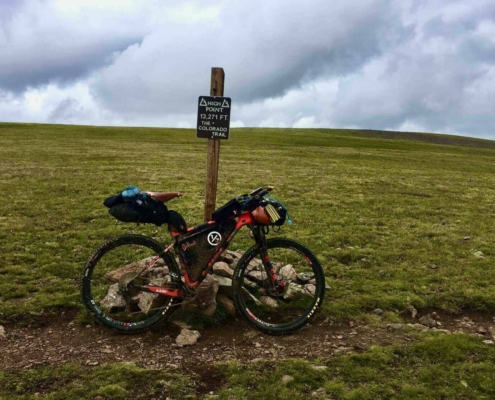
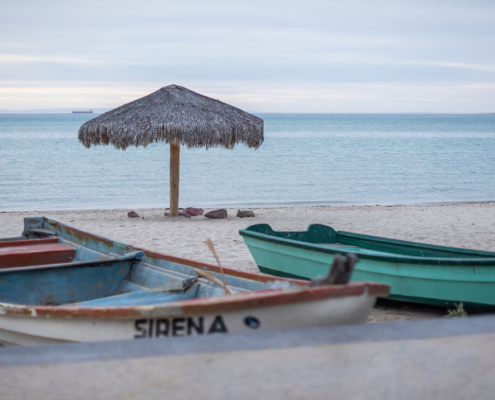 Courtesy of Dirt Trails Wanted
Courtesy of Dirt Trails Wanted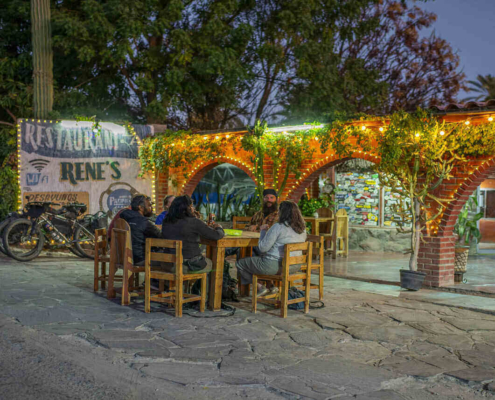 Courtesy of Dirt Trails Wanted
Courtesy of Dirt Trails Wanted
